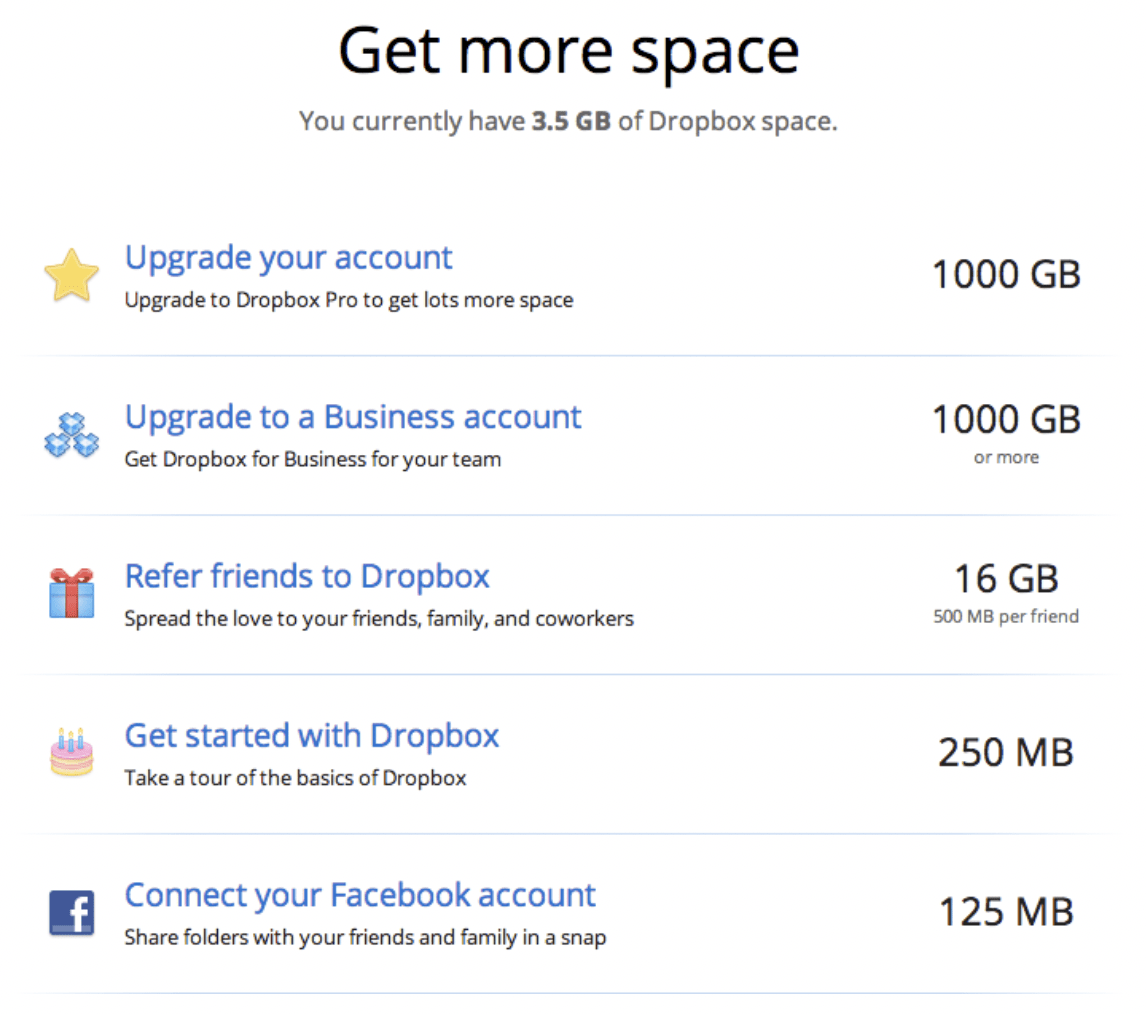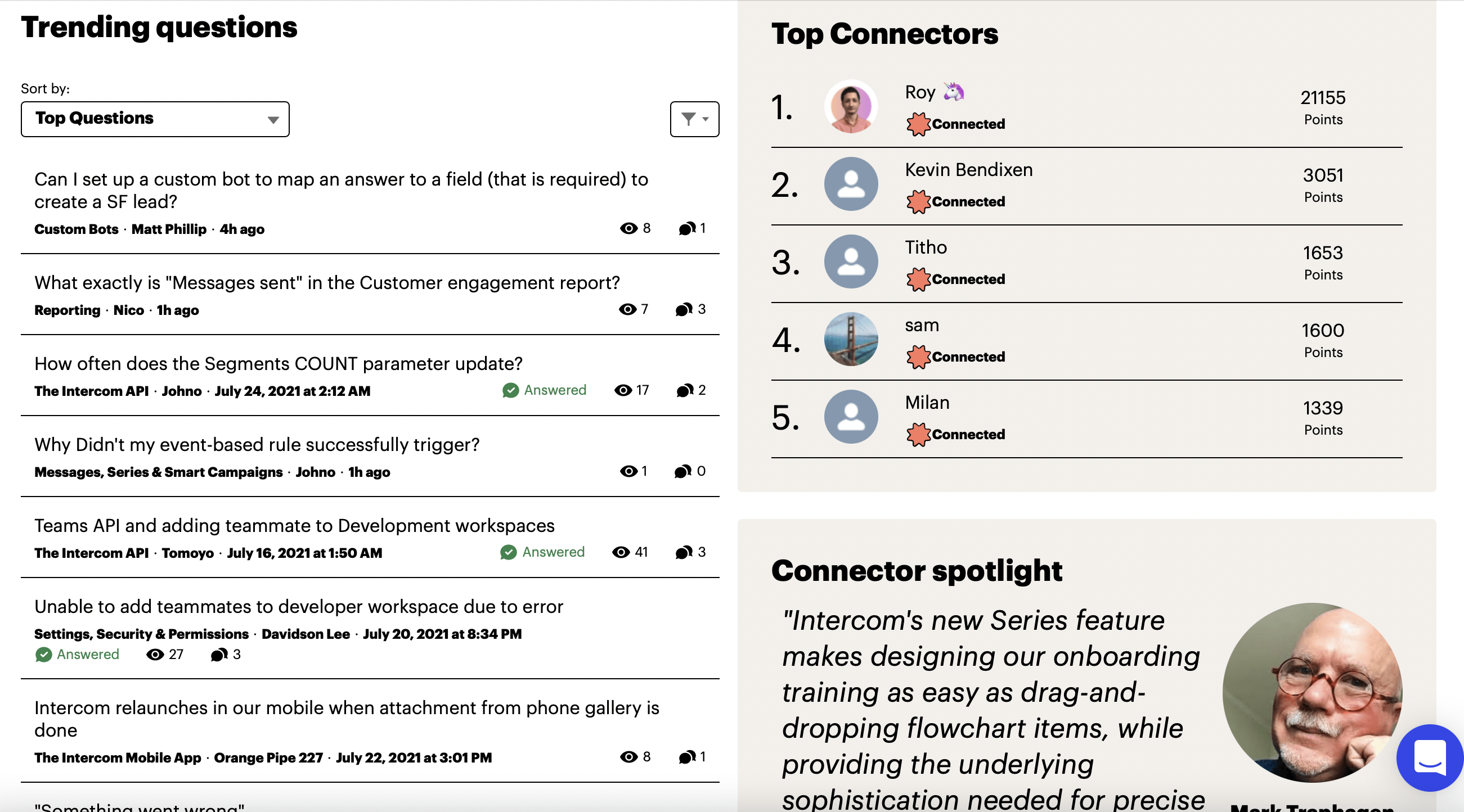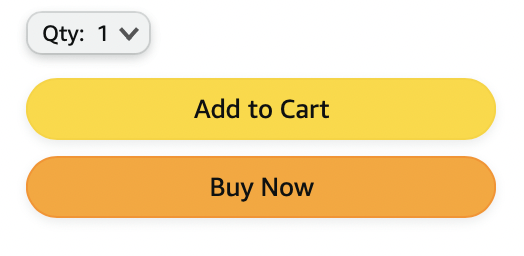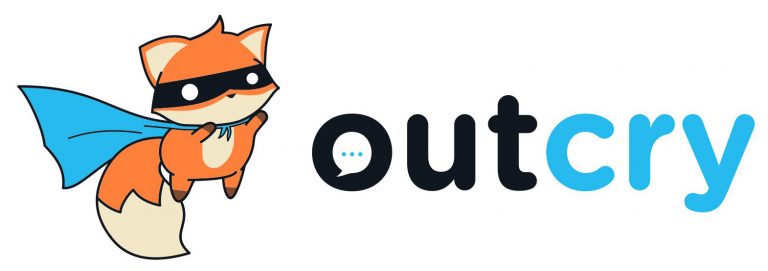How to Make your SaaS Product More Addictive

The best product is one that your users can’t live without. But how do you go about making a product addictive? This blog will walk through the process of creating an addictive SaaS product and show you how to make it happen.
The first thing that makes people addicted to your product is the dopamine effect. Dopamine is one of the brain’s neurotransmitters and it controls our “reward” system. When we find something pleasurable, like eating ice cream or playing video games, dopamine levels increase in anticipation of more pleasure to come. This process leads us to continue doing things over and over again because we get rewarded every time we do them (even if the reward is just temporary).
The best way for SaaS products to create a dopamine effect is by giving customers small rewards regularly instead of big ones infrequently. This will keep their dopamine levels elevated, consistently rewarding them for using your product.
What are some ways you can reward users for using your SaaS product?
1. Gamification
Gamification is one way to have users earn rewards for using your product. You can do this by adding features that give the user points, badges or some other type of reward system. The more your users engage with your product the higher their dopamine levels will be and they’ll keep coming back for more.
For example, Dropbox has a system where users can earn more space when they complete certain actions.

You’ll want to make sure that there’s an increasing exponential curve of rewards as people progress through your product so they keep reaching new levels.
2. Community
Another way to reward people for using your product is by offering access to something that’s perceived to be valuable. This can be achieved by giving users access to a community, special features or some other type of insider information. A good example of this is Intercom, which gives access to an exclusive community for paying customers only.
One fast way to build community is creating a Facebook group. You can take a page from Intercom and create your group to only be accessed by paid customers where as your Facebook page can be open to everyone.

Interconnected, Intercom’s private community
Getting users to feel like insiders is a powerful motivator for addictive behavior. If users are willing to pay for this access, it’s likely that they’ll keep using your product because it gives them an inside edge over other people in their industry.
3. Personalization
Personalization is another way SaaS products can create addictive behaviors. For example, if you’re building a blog then you can tailor the content on each article to match the user’s preferences (i.e., if someone likes technology news then they would be shown more articles about technology). Another way to personalize content is by recommending popular articles or topics based on past reading habits.
The key to making this addictive is that users don’t have to think about it, they just do what’s been personalized for them based on their previous behavior. A good example of personalization in action can be found on Pinterest where users are recommended content as they scroll down a page. Also, Facebook gives each user a completely unique homepage and newsfeed as it uses data from the user’s past actions to determine what shows up.
Users like getting their preferences instantly and automatically so make sure you give them just that by utilizing personalization technology in your SaaS product. This will prompt addictive behaviors by people who keep coming back because they feel like there’s nothing more tailored to their needs than your product.
4. Social Validation
Another way to encourage addictive behaviors is through social validation, which basically means that users are motivated by the desire for people to see what they’ve accomplished. This can be achieved when you display statistics about how many other people in your industry are using your product or how many customers have subscribed to a certain feature.
For example, if you’re building a blog and showing off your subscriber count then there’s social validation because it shows how popular the content has been with other people who share similar interests.
Social validation technology works really well in combination with gamification tech since it validates that all of their hard work was worth it (i.e., earning points/badges). If users get addicted to the feeling of receiving badges or awards then they’ll keep wanting to do whatever it takes to earn more.
Today, social validation technology is everywhere and there’s probably even some in your product right now that you don’t know about (i.e., how many likes did I get on this post?).
5. Accessibility
This is similar to personalization but it mainly focuses on things that are addictive because of their convenience. This could be a feature where users can quickly access your product whenever they feel the need to use it or some other type of special shortcut that makes it easier for them to use the app with little-to-no effort required from them.
A good example of this addictive technology being used effectively is Amazon’s “Buy it Now” button, whose lightning fast button allows users to purchase products in a couple of clicks.

It’s important for addictive technology to be easily accessible since users only want what’s convenient so if you make your product difficult to access then they won’t use it. For example, let’s say that you’re building an app and are having trouble figuring out which of the three buttons should have priority over the others (i.e., search button, signup button or both). This is something that users will get addicted to because it’ll become their new favorite way to quickly find what they need.
6. Repetition
Repetition will instill addictive behaviors that are based on building a habit around using your product.
Good examples of addictive behavior via repetition can be found everywhere from gyms (i.e., spinning) to casinos (slot machines). This works well for companies who sell recurring products since they’ll have customers automatically paying smaller amounts each month as opposed to one large payment up front.
You could also build repetition into your product by using retargeting where visitors to your site are exposed to your Facebook and Google ads over and over again.
Final Thoughts
When you design your addictive SaaS product, don’t focus on making something that only one type of person will use; try to build something where everyone can contribute their own ideas and features since it helps create an addictive culture in which people want to come back everyday because they feel like they’re helping the company grow as much as possible.





